It was mid-late March 2020, the beginning of Autumn, only a few days before Tasmanian borders were shut in the wake of the global pandemic. With few other tourists around, we found ourselves discovering the remote island of Tasmania in a unique time of solitude and quietness.
The territory was once named as Van Diemen’s Land, after the Colonial general of the Dutch East Indies. Tasmania’s beauty is harshly contrasted by its tragic and bloodstained past, when settlers and convicts attempted to exterminate the aboriginal people, the traditional owners of the land. Today the island remains one of the most isolated places on the planet, with almost half of its land considered protected.
A beautifully unique and changing landscape carved by ancient glaciers and now extinct volcanoes.
Our journey started in the fisherman city of Launceston, from where we drove along the northern coast and national parks. Following the path laid out by the sun, spotting wild kangaroos, wallabies and the rare quolls.
We spent the nights in a tent surrounded by the sounds of the forest and the crashing ocean waves. It was then after the dusk, when we heard the screech of the Tasmanian devils, but the small creatures stayed invisible to our eyes, hidden within the dark hours.
As the fog pooled around the mountains, we drove inland towards Cradle Mountain and sighted wombats in the thick thatch grass. On a rainy morning, we headed out towards one of the hikeable peaks, in an area known for its unpredictable weather and dangerous conditions. After climbing the last part of the trail and reaching the top, the temperature dropped sharply. Sleet, carried horizontally by strong winds,
began to shroud the view.
Road tripping along scenic routes, we again heard the call of the ocean and continued the trip to the East Coast. On the edge of the Tasman sea, enjoying the simplicity of the outdoors and hideouts, we spent the days walking around isolated beaches and swimming in the ice cold water. During the night, the sea whispered to the starry sky, and then time stopped with the fire crackling and a glass of wine.
The trip was creeping towards its end as we drove to the south and our final destination of Hobart. Arriving while the rest of the world was preparing for quarantine, with businesses closing and a sense of apprehension, there was little else to do but walk the streets in a surreal moment of solitude as the city lay vacant.
Published in My Gobe ︎︎︎





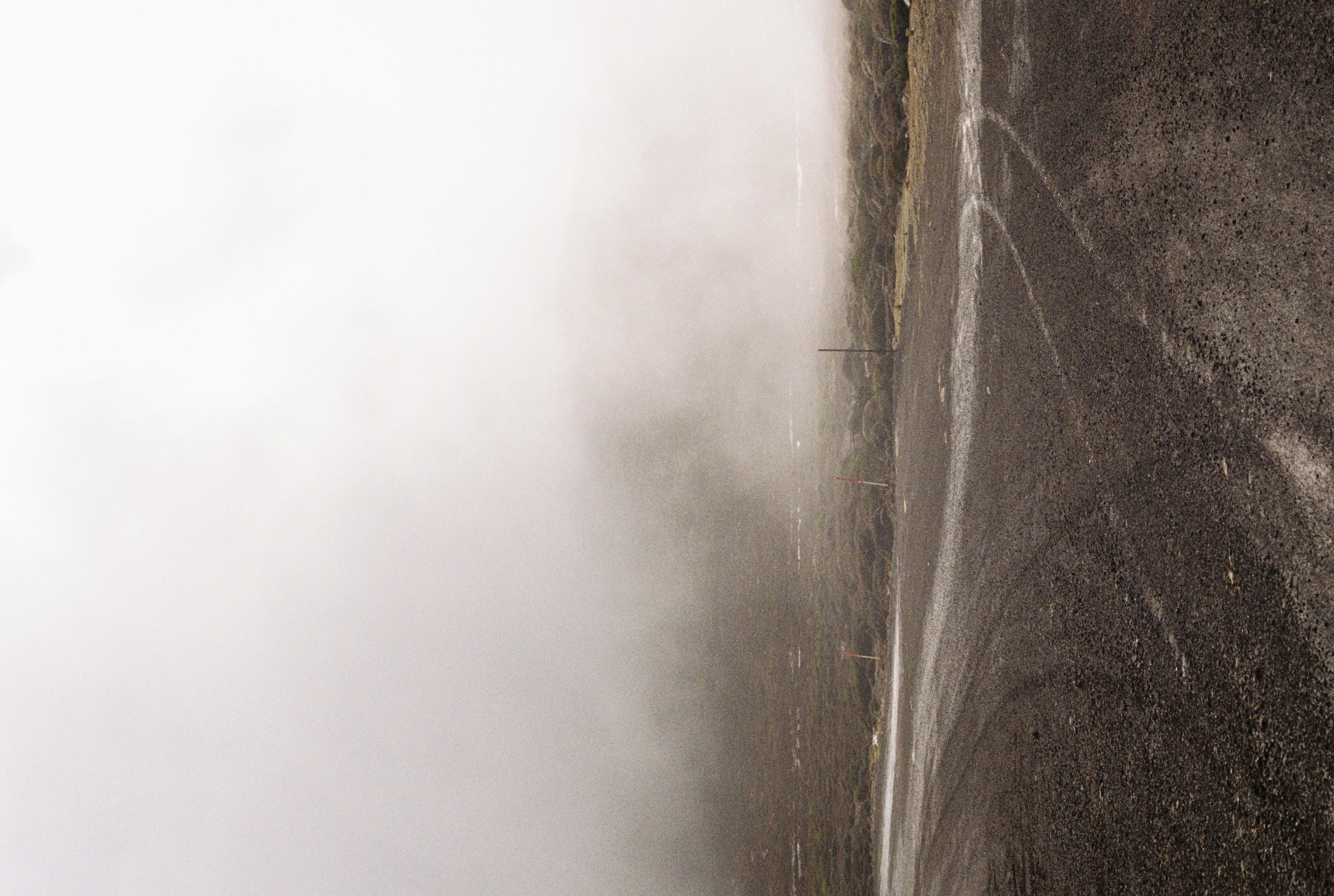



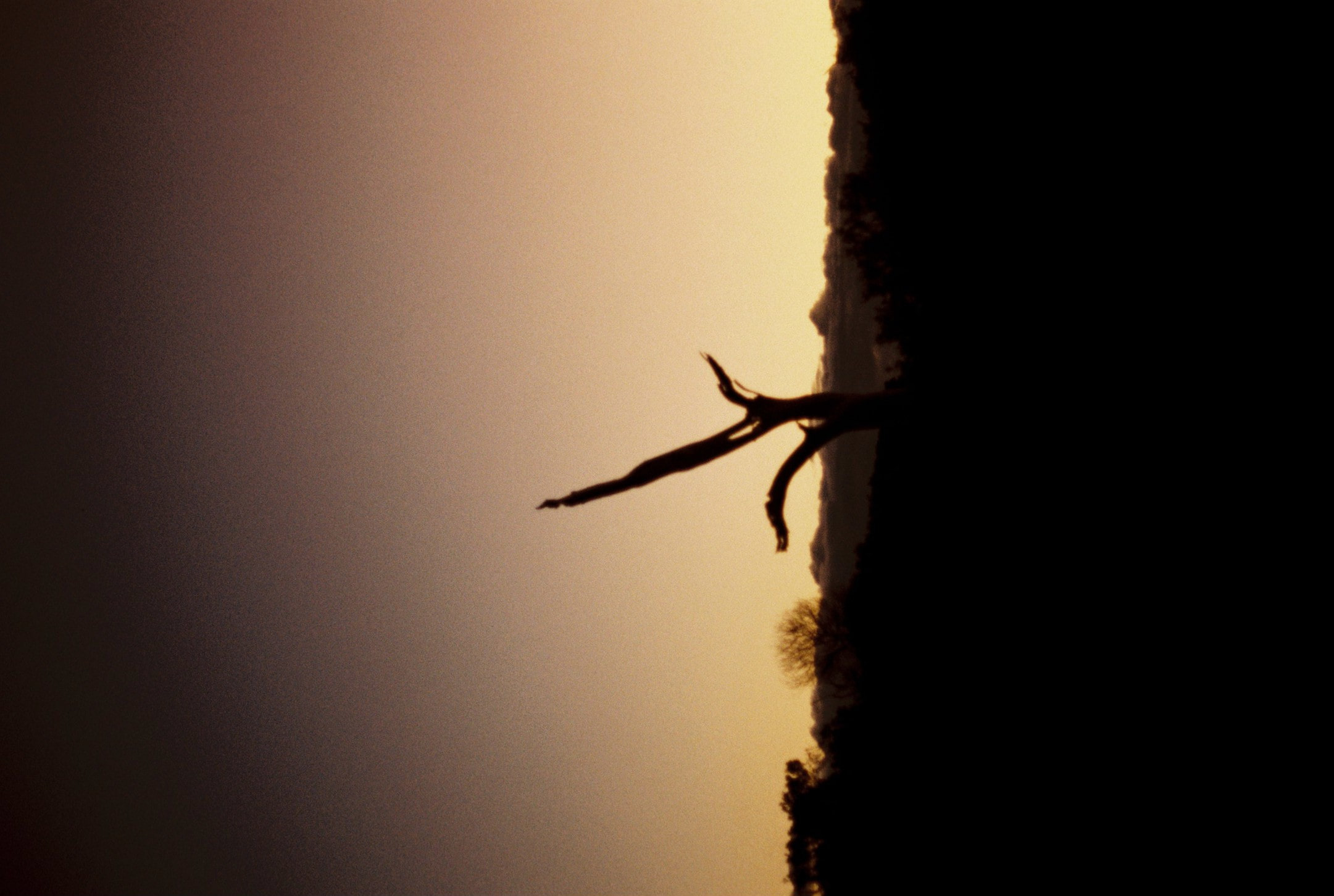








March 2020
Words by Cristina Guerrero
A reunion trip along the Australian East Coast. After six months and 15,000 km in between us, we are in the same tropical land.
The story begins in the Daintree forest, loneliness and wild landscapes, a reconnection with ourselves and the timeless feeling of being at home, but in an unknown place. One road and one month, following the ocean call and the weather transitions. Leaving the heat, the humidity and enjoying the simplicity of nomadic life. The immensity of the landscape through the windows, with the dance of yellows, earth tones and the smoke trail of bushfires. Together, we find ourselves in relation to the land and the wildness that lives in it.
Published in El Dorado Experience ︎︎︎
September 2020
Words by Cristina Guerrero


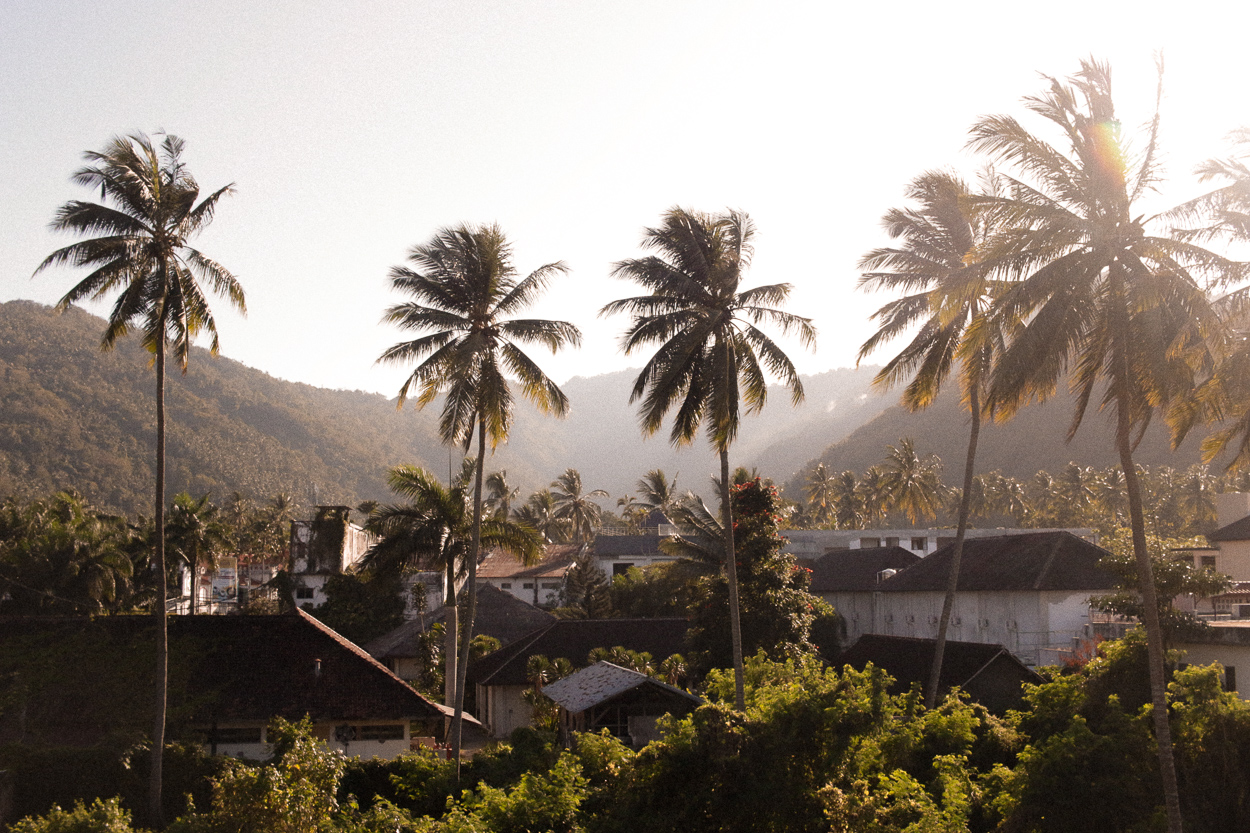



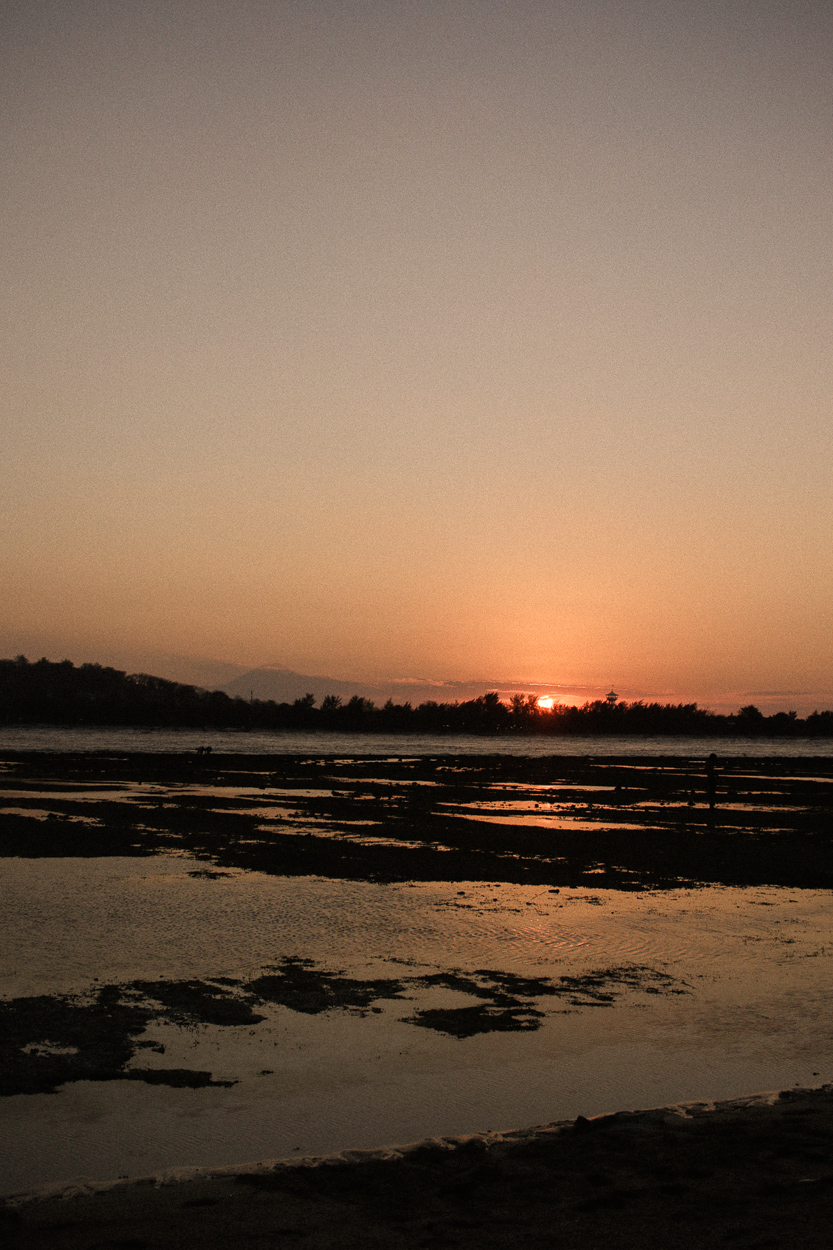




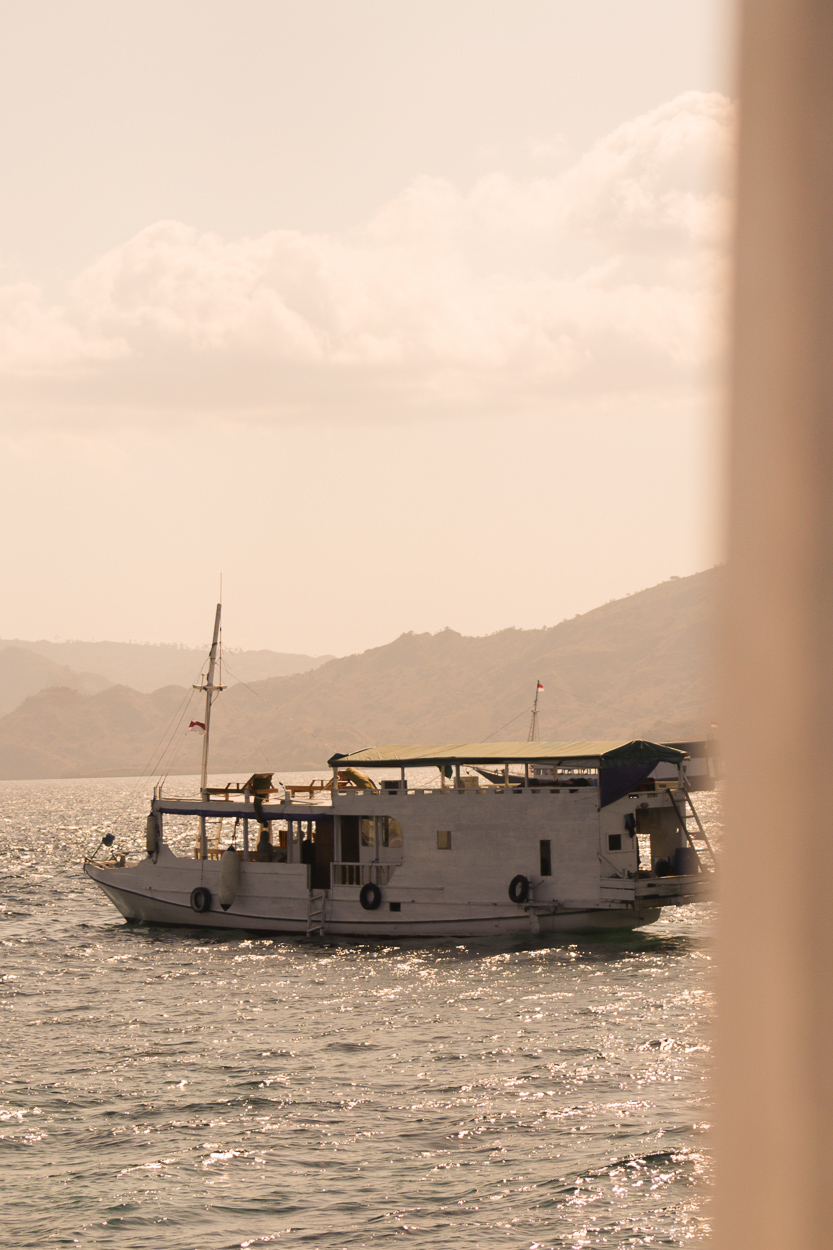


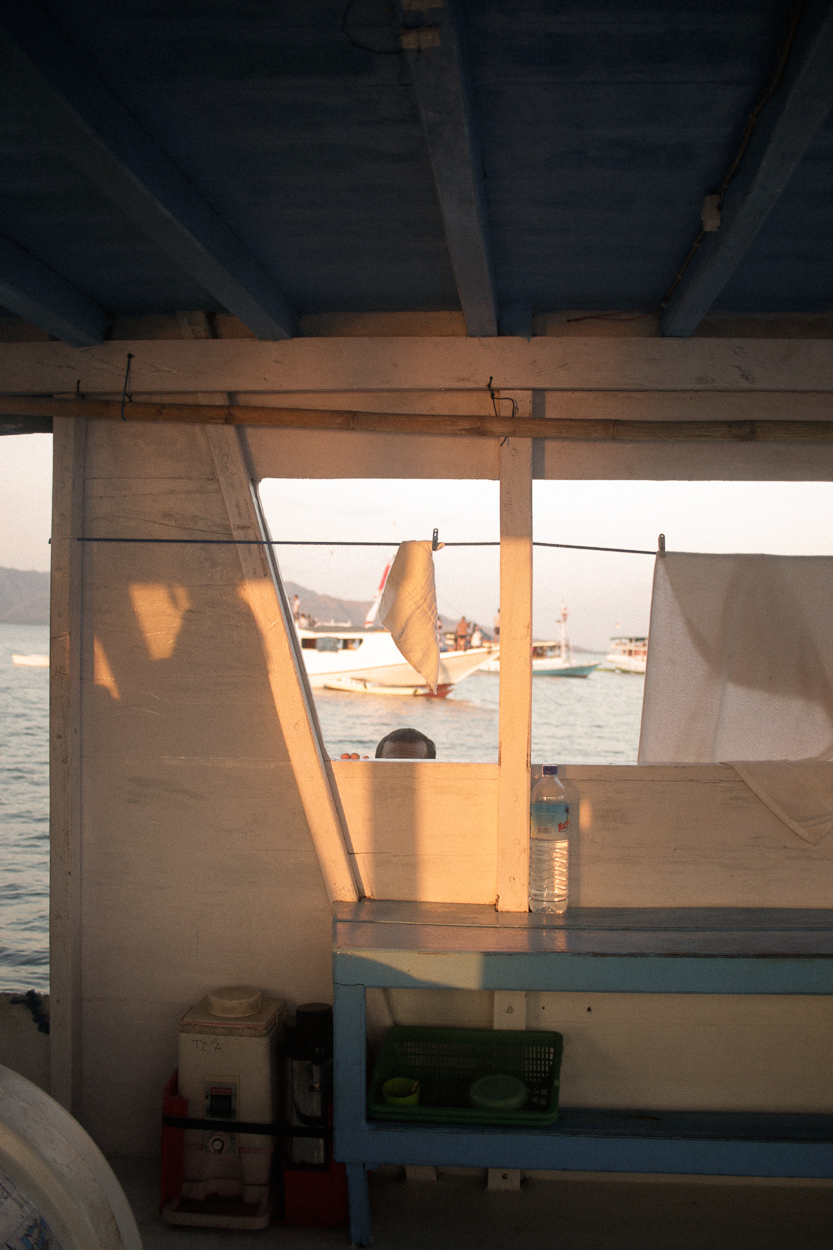






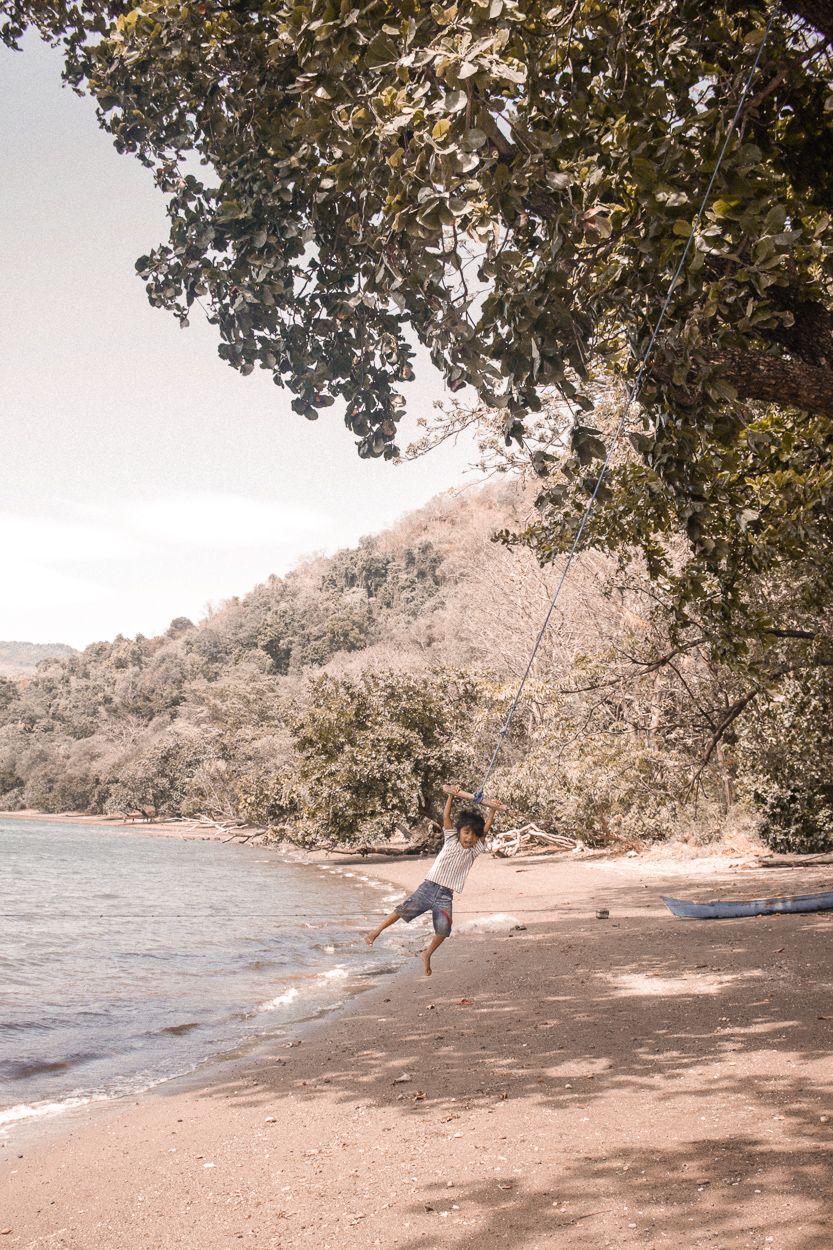
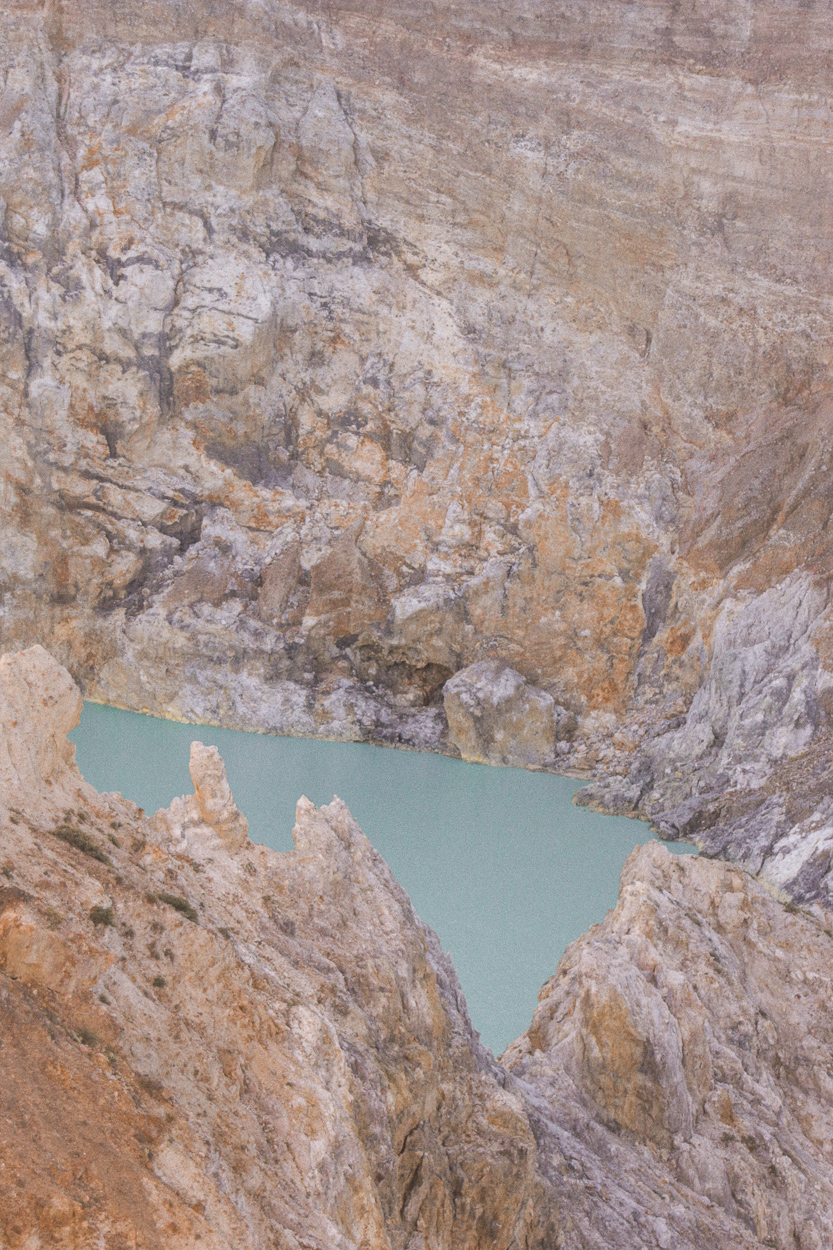
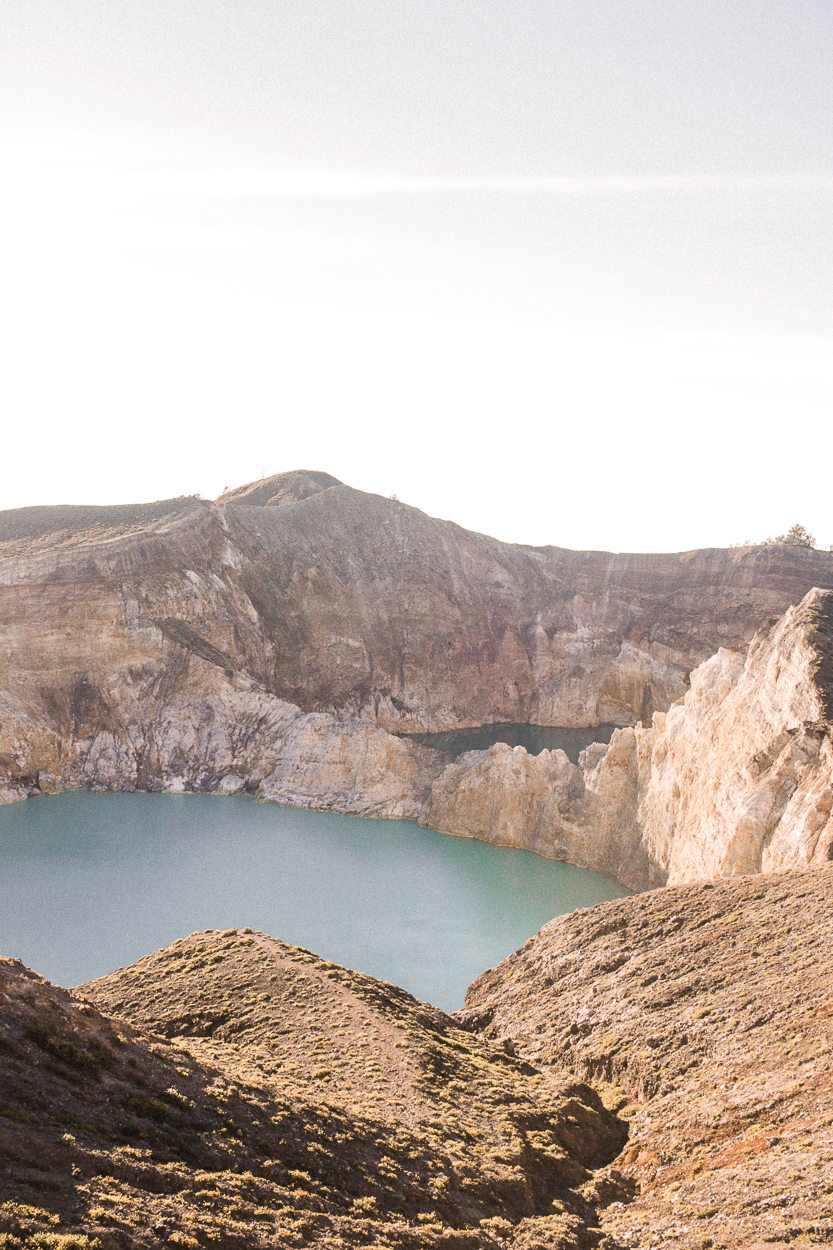




Java, Kalimantan, Lombok & Flores, Indonesia
September 2017
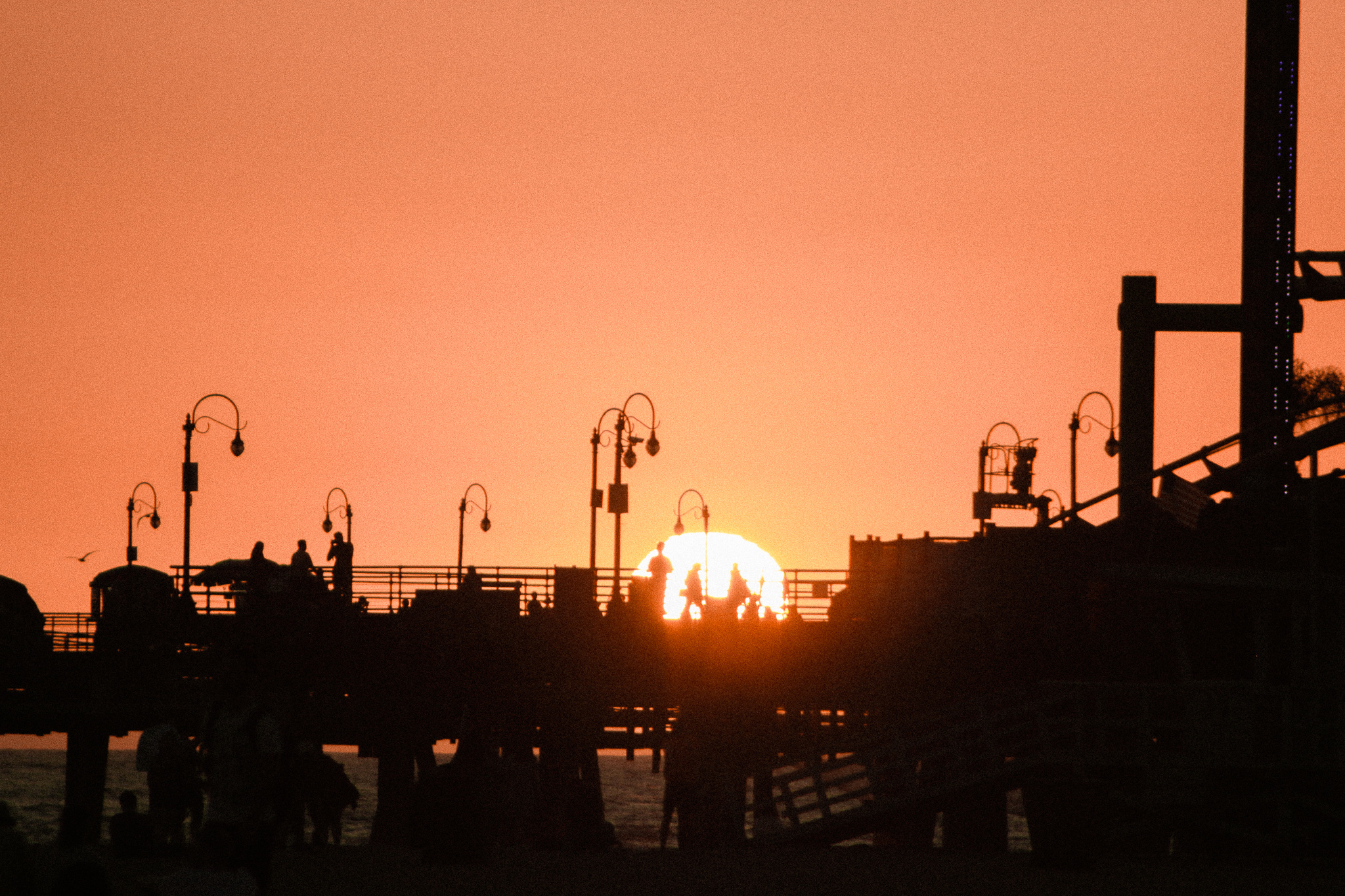







1319 miles
Los Ángeles - San Francisco / September 2017
Published in Ankle Magazine











